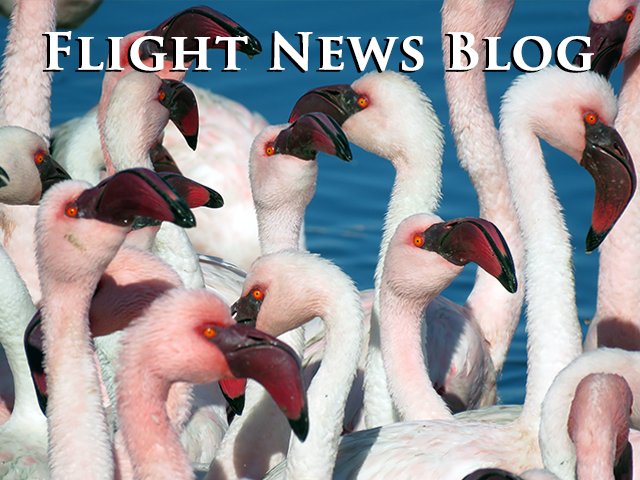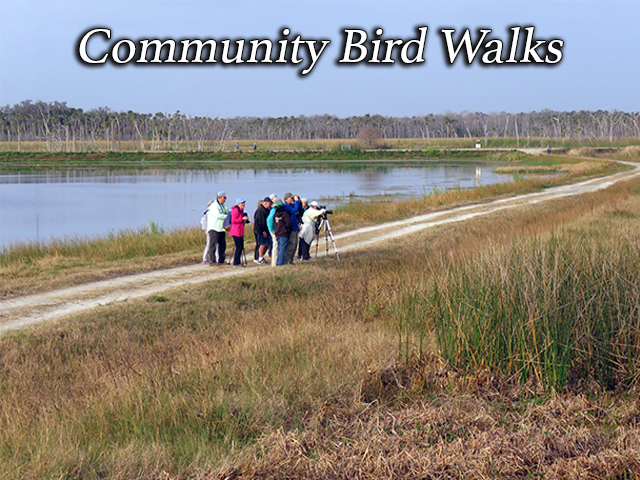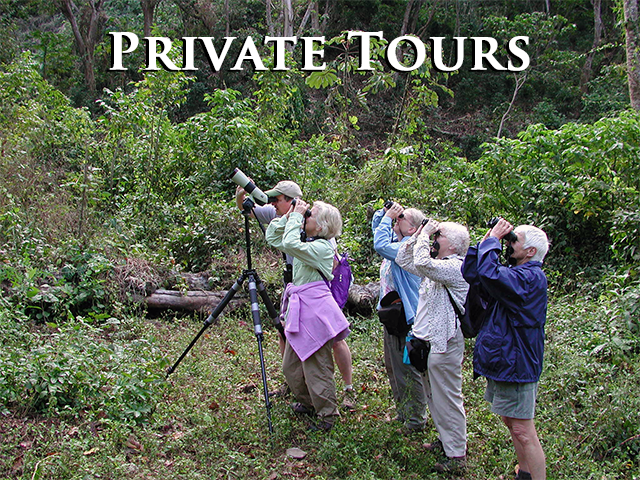Scandinavia
Birds & Culture in Southern Scandinavia
Fall Migration in Southern Sweden & Northern Denmark

August 29–September 12, 2024
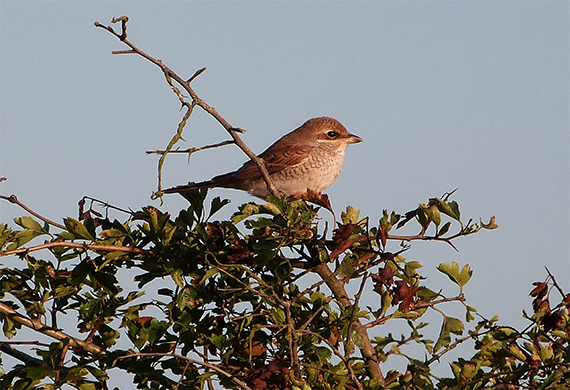
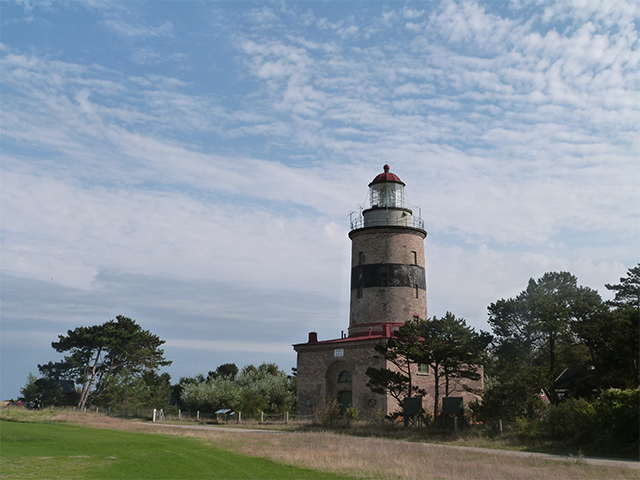

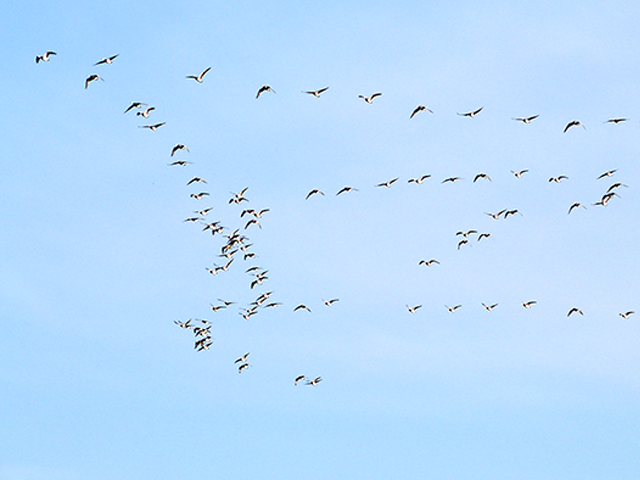
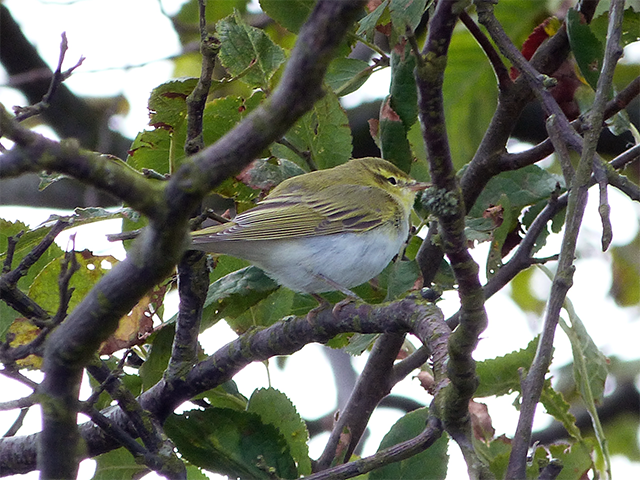
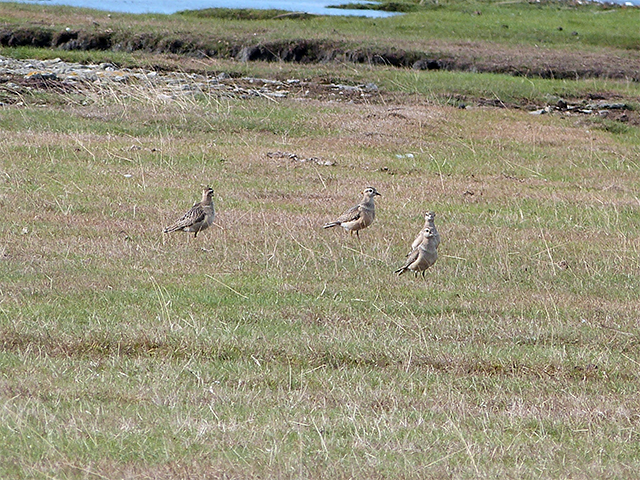
Your place on this Venture is reserved with your completed registration and deposit of $700/person are submitted. Deposit may be made via the ‘book now’ button above, or by contacting the Ventures office. We accept credit cards for an additional fee (2.9% for MC, Visa, Discover; 3.9% for AmEx), but you may also pay by bank transfer via our website. If paying by cash, check, or money order (payable to ‘VENTURES BIRDING’), please mail in your payment with a paper registration form to PO Box 1095, Skyland, NC 28776, or contact our office. This Venture is limited to 8 participants.
Cost of Southern Scandinavia Venture $5,295 per person from St John’s based on double occupancy (Single supplement $750) Price includes: Van transportation to and from Copenhagen, accommodation, meals, admission fees, information packet & bird checklist, and guide/leader service Not included: Airfare to and from Copenhagen, alcoholic beverages, and items of a personal nature.
Join us for this epic 14-day birding and cultural Venture to the migration hotspots of southern Sweden and northern Denmark. The sheer natural energy of this charming region during fall creates an atmosphere of excitement and expectation, and with an estimated 500 million birds funneling through these areas each autumn, it makes them arguably some of the best migration sites in Europe. The seemingly endless stream of passage migrants at this time of year is an absolute must-see for ‘migration enthusiasts’ everywhere, or for anyone who wishes to increase their overall experience with European species.
We begin and end our trip in Copenhagen, but make speed for the nearby Falsterbo peninsula where raptors are our main focus. The entire peninsula acts as a bottleneck for many birds of prey leaving Scandinavia for wintering grounds much further south, including buzzards, harriers, kites, eagles, hawks and falcons depending on timing. Thousands of birds can be observed moving south in a single day, and the experience of spending a leisurely few days photographing and studying multiple raptor species just overhead is one to savor.
The second phase of the trip focuses attention further up the coast on the beautiful island of Öland (pronounced er-land), with the Ottenby World Heritage site at the extreme southern tip being the principal birding destination. Ottenby’s location at the southern tip of Sweden's second largest coastal island means that migrants heading south get funneled, and then bottleneck before having to cross back to the mainland. During favorable conditions, bird concentrations are exceptionally high and the area is often an exciting place to explore as it fills with countless passerines including redstarts, pipits, warblers, shrikes, chats, and wagtails. You don't have to go far to see some beautiful birds as the vegetation around the observatory gardens are some of the most sheltered food rich places on the peninsula.
The landscapes of this region are varied, offering unique coastal habitats including deciduous and coniferous woodland, marshes, reedbeds, tidal lagoons, heathland, arable field systems, gardens and even a couple of golf courses. On this trip we'll also dedicate time for exploring some of the interior forest habitat for woodland specialists such as black woodpecker, and add time to cater for any cultural tendencies of the cities we’ll pass through. Whatever your interest or level, come join me as we experience that utterly awe-inspiring natural phenomenon that is bird migration.
What birds can we hope to see?
Barnacle Goose, Ruddy & Common Shelducks, Garganey, Eurasian Wigeon, Ferruginous & Tufted Ducks, King & Common Eiders, Smew, Common Quail, Water Rail, Spotted Crake, Common Crane, Pied Avocet, European Golden-Plover, Kentish, Common Ringed and Little Ringed Plovers, Eurasian Dotterel, Eurasian Curlew, Bar-tailed & Black-tailed Godwits, Red Knot, Ruff, Broad-billed Sandpiper, Curlew Sandpiper, Temminck’s Stint, Purple Sandpiper, Jack Snipe, Common Murre, Black-legged Kittiwake, Little, Mediterranean, Mew, Yellow-legged, & Caspian Gulls, Black, White-winged, and Arctic Terns; Arctic Loon, Leach’s Storm-Petrel, Northern Fulmar, Manx Shearwater, Great Cormorant, Great Bittern, Golden Eagle, Pallid & Montagu’s Harriers, Northern Goshawk, Red & Black Kites, White-tailed Eagle, Tawny, Long-eared, and Short-eared Owls, European Bee-eater, Eurasian Wryneck, Eurasian Green & Black Woodpeckers, Red-footed Falcon, Eurasian Golden-Oriole, Red-backed & Lesser Gray Shrikes, Eurasian Nutcracker, Bearded Reedling, Icterine, Sedge, Blyth’s Reed, River & Savi’s Warblers, Lesser & Greater Whitethroats, Ring Ouzel, Bluethroat, Red-breasted, Collared, European Pied Flycatchers, Common & Black Redstarts, and many others.


